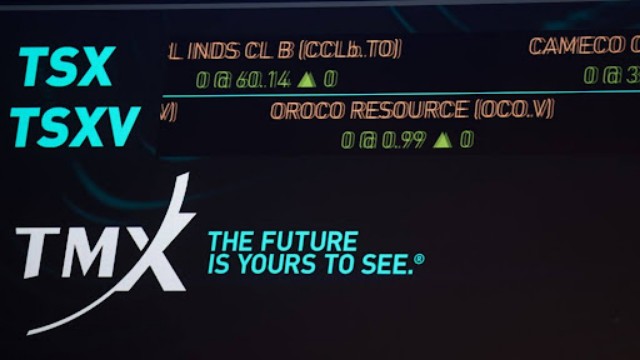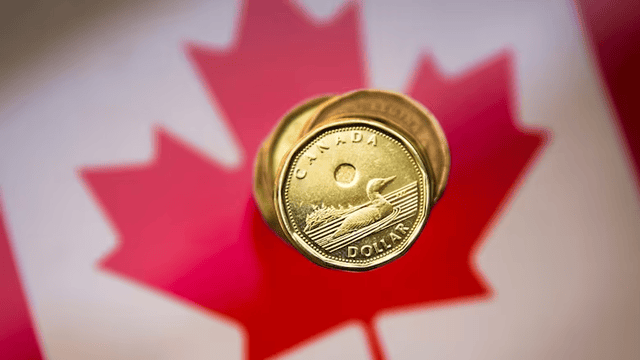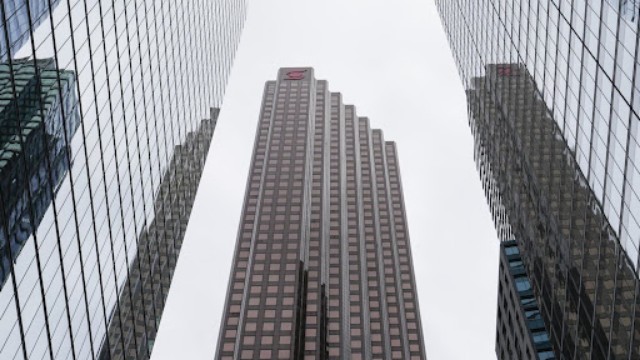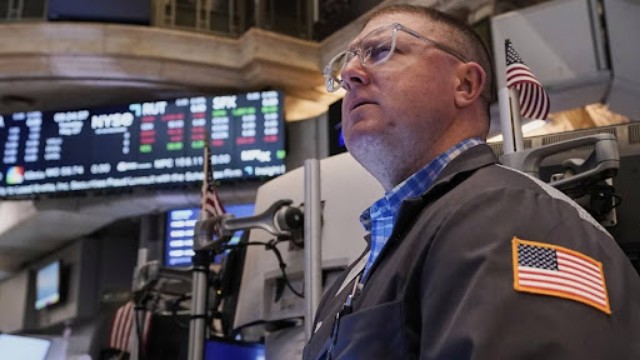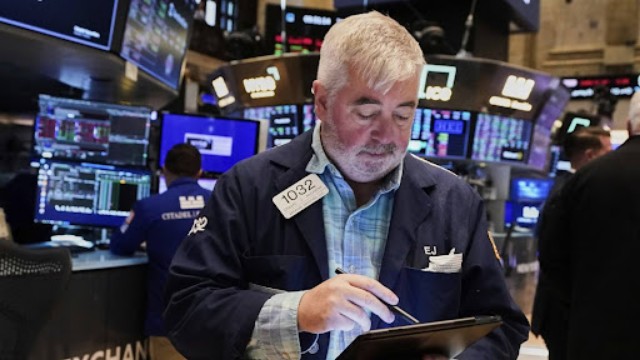
The Bank of Canada headquarters in Ottawa, as captured by Reuters.
BoC Faces Forecast Challenge Amid U.S. Trade Uncertainty
The Bank of Canada (BoC) is considering a shift in how it presents economic forecasts due to growing uncertainty over U.S. tariff policies. Instead of a single, firm projection, the central bank may provide a range of possible outcomes when it releases its next monetary policy report on April 16, Governor Tiff Macklem said on Thursday.
Macklem acknowledged that unpredictable U.S. trade policies have made it increasingly difficult to set clear economic expectations. “If we had to release our monetary policy report today, it likely wouldn’t feature just one central forecast,” he stated during a press conference. Instead, the BoC might outline multiple scenarios to reflect the volatility in trade relations.
Why the Change?
The BoC has typically provided a single economic forecast but has adjusted its approach during times of extreme uncertainty. The last significant change occurred five years ago, in response to the COVID-19 pandemic.
The bank previously projected economic growth of 1.8% for 2025 and 2% for the first quarter of this year. However, Macklem admitted that these estimates are now in doubt, saying that even within the BoC, “no one can be highly confident about what the most probable outcome is.”
How U.S. Tariffs Complicate Policy
New U.S. tariffs have created an unpredictable economic landscape, forcing the BoC to take a more cautious approach. Macklem stressed that making incorrect assumptions could lead to ineffective monetary policies or, worse, exacerbate economic instability.
“We need to set policies that minimize risk,” he explained. “That means being less forward-looking than usual until we get more clarity.” This also means the bank may have to act swiftly once the economic situation becomes clearer.
Inflation Concerns and Policy Response
Despite the uncertainties, Macklem assured that the BoC remains committed to keeping inflation under control. The central bank aims to maintain inflation at 2%, the midpoint of its 1-3% target range. However, with the cost of goods potentially rising due to tariffs, inflationary pressures could intensify.
Macklem warned that the impact of tariffs on inflation is still unclear. If they drive up prices significantly, the BoC will have to work harder to prevent inflation expectations from rising beyond control.
A New Economic Challenge
While Canada recently achieved a soft landing, stabilizing inflation after a turbulent period, Macklem signalled that new economic hurdles lie ahead.
“Unfortunately, we won’t be on stable ground for long. We are now facing a fresh economic crisis,” he cautioned.
As trade tensions grow and economic uncertainty persists, the Bank of Canada is preparing to adapt its strategies to maintain stability. Canadians can expect a more flexible approach to monetary policy in the coming months as the bank navigates this unpredictable landscape.


